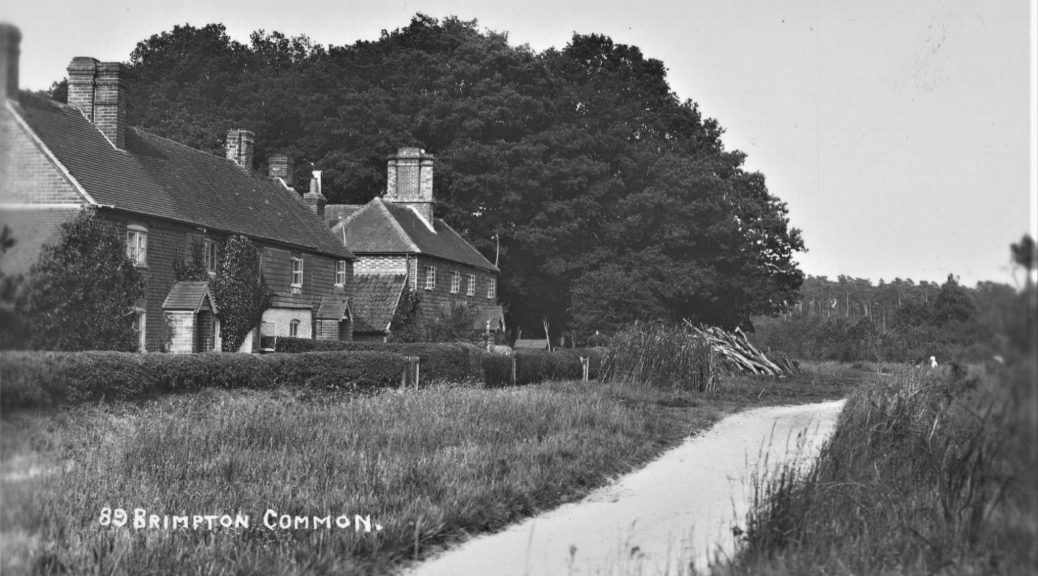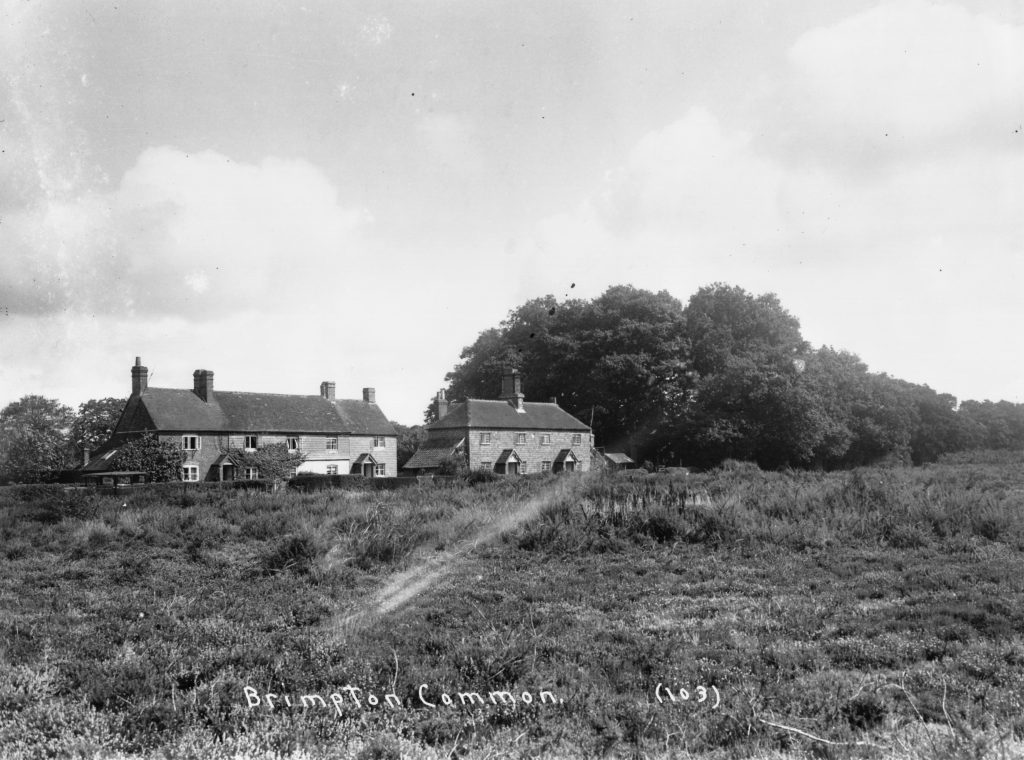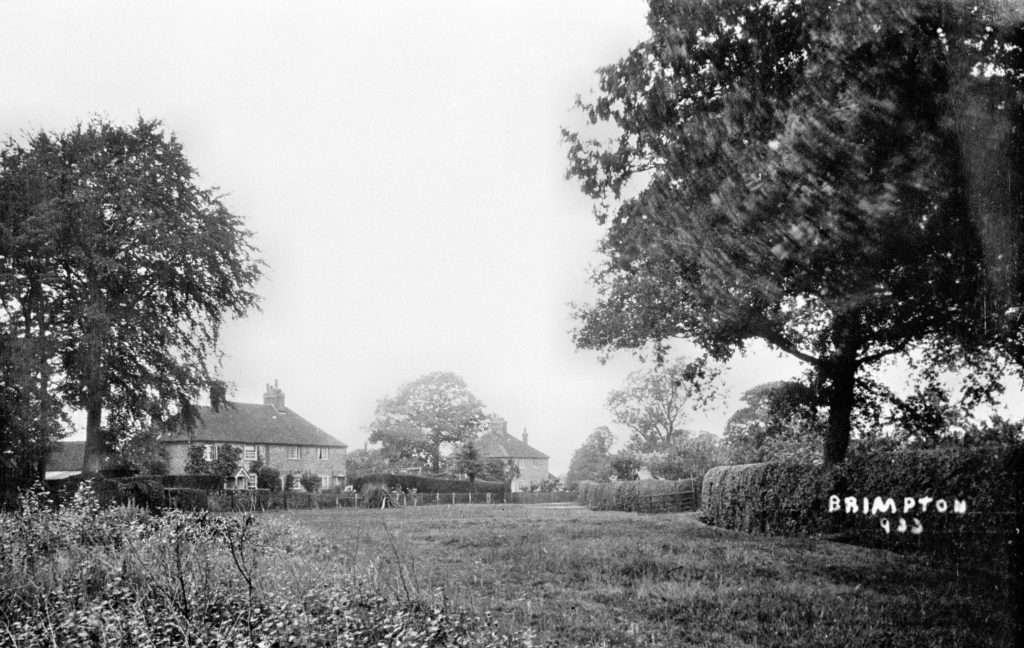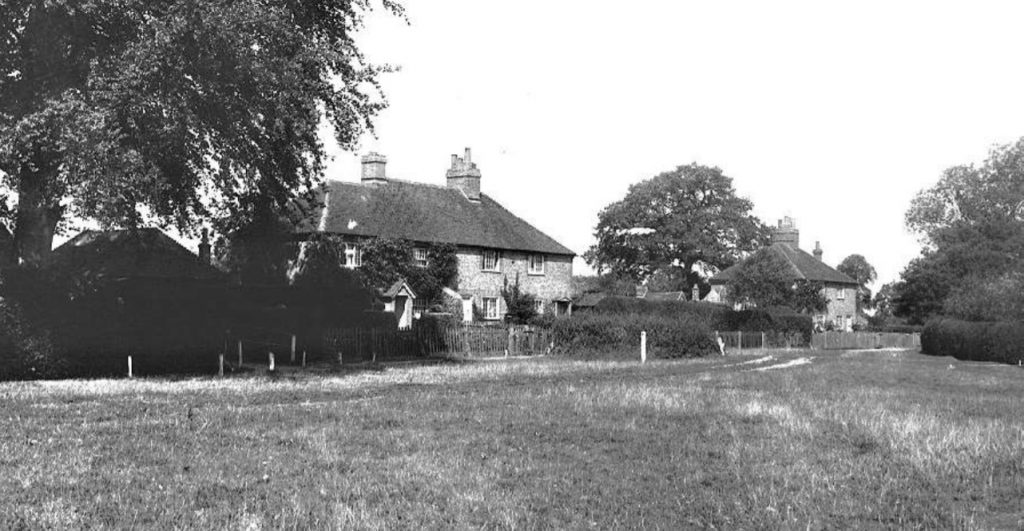
Brimpton History: Brimpton Common & The Fuel Allotments
While the modern parish of Brimpton is made up of three distinct areas (Brimpton Village, Hyde End and Brimpton Common) they don’t all share the same long history. Up until a couple of centuries ago, Brimpton Common was more well known as ‘The Waste’, and only played host to about a dozen dwellings – the majority of what is now Brimpton Common was (as the name might suggest) a Manorial common grazing area, mainly used by transient folk and the village poor.
The majority of the land was covered in flora and fauna native to the area, such as Heathers, grass, birch and furze gorse – with the heather and gorse proving particularly popular as fuel for cooking and heating. Villagers living on the Common included a Farrier and a number of labourers, all of whom were given land by the Churchwardens. They were allowed to graze cattle on the common and use the wildlife for fuel – hence the origin of what was called the Fuel Allotments for many years to come.

Records from 1815 show the lane now known as the By-way (leading from Boot Farm to the common), and even later records in 1851 show the residents now included a shoemaker, a hawker of cotton and thread, a basket maker and more labourers. There were 21 cottages present at the time, 7 of which were owned by the parish – though few remain standing today. At this stage in the village’s history the Fuel Allotments were formally marked, providing common pasture and farmland for the poor of the area.
The name ‘Brimpton Common’ became commonly used in the late 1800s, and by the early 1900s there was a lot of redevelopment happening in the area – including the replacement or rebuilding of many old cottages, and the construction of several still present at the start of this century, including “Red Cote”, “Cobbler’s”, “Gable Cottage” and “Sefton”. The nearby Blacknest Lodge and The Pineapple were also build around this time. The ‘Brimpton Story’ book also contains a full list of the pre-1900 houses in Brimpton Common.
The area is now a thriving and well-loved part of Brimpton, containing many beautiful homes and a lot of nice countryside, including the woodland that occupies the area previous used by the fuel allotments.

